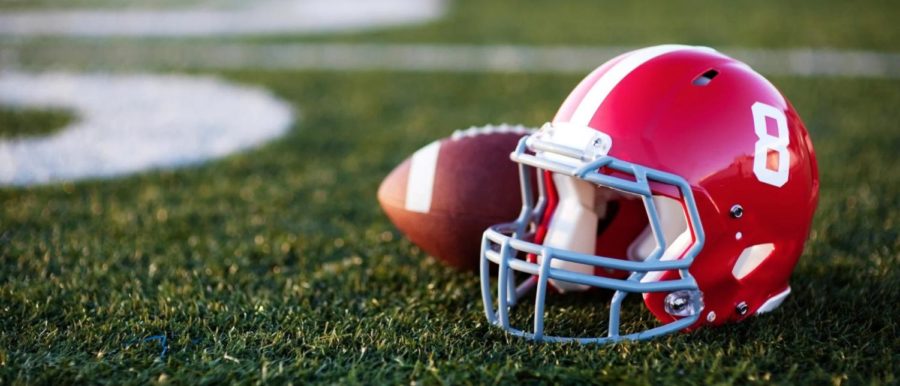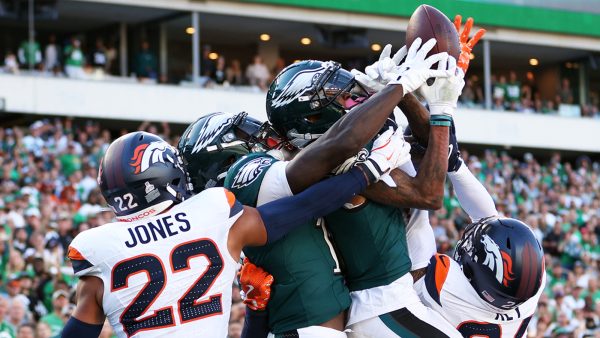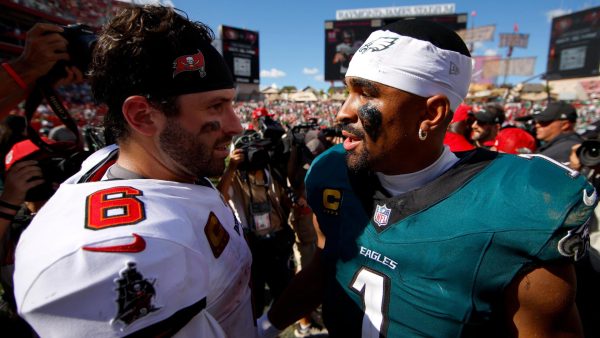How football is affecting players neurologically
Football has been one of America’s favorite past times for the past few decades. Very few don’t enjoy the thrill of watching the two teams compete against each other in an exciting back-and-forth that keeps you on your toes till the very end.
While football is just a game and is therefore subject to as many safety precautions as possible, the game can be hazardous. While saying that football is dangerous may sound obvious, look at the injury of Damar Hamlin, the danger isn’t only to the player’s physical health but their mental health.
A study by Kun Ping Lu, MD, Ph.D., chief of the Division of Translational Therapeutics at BIDMC and professor of medicine at HMS, and Xiao Zhen Zhou, MD, assistant professor of medicine at BIDMC, has uncovered a direct link among Traumatic Brain Injury, Alzheimer’s disease, and CTE. The study concluded that after a TBI a protein known as tau could become misshapen at the site of injury in brain cells, which can cause widespread brain damage.
With the risk of serious brain damage becoming more apparent everyday players, parents, and officials have been wondering if there is a way to greater reduce the risk of brain damage.
Although it isn’t a complete fix the research team responsible for the original study has developed an antibody that selectively detects and destroys toxic proteins and restores brain functionality. While the team has only been successful so far in helping mice Pacual-Leone says “The dream scenario, though we’re nowhere near it yet, would be to give an injection or tablet to prevent the brain damage.”
While no significant developments have been made to the safety of football for quite some time, maybe we’ll begin to see an even heavier focus on player safety from the youngest middle school game to the NFL Super Bowl itself.

Ethan Millard is the co-editor in chief of the Cub and is a Senior this year at BASH. Ethan joined Journalism because he believes in a more informed world....






















